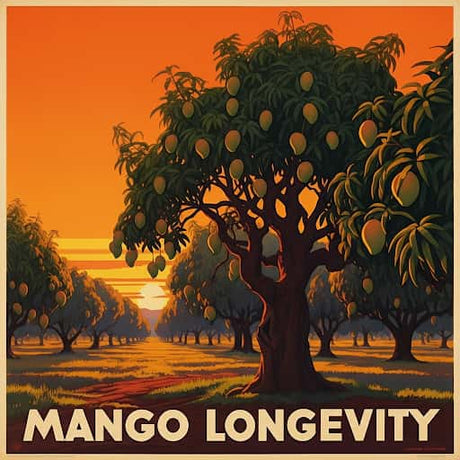
Understanding Mango Tree Lifespan: Essential Guide
By Prashant Powle
Growing a mango tree at home or on a farm is easy with the proper care. You can choose from seed-grown or grafted varieties, with grafted trees bearing fruit faster....
Read moreTaste the real Alphonso Mango SHOP NOW.

By Prashant Powle
Growing a mango tree at home or on a farm is easy with the proper care. You can choose from seed-grown or grafted varieties, with grafted trees bearing fruit faster....
Read more